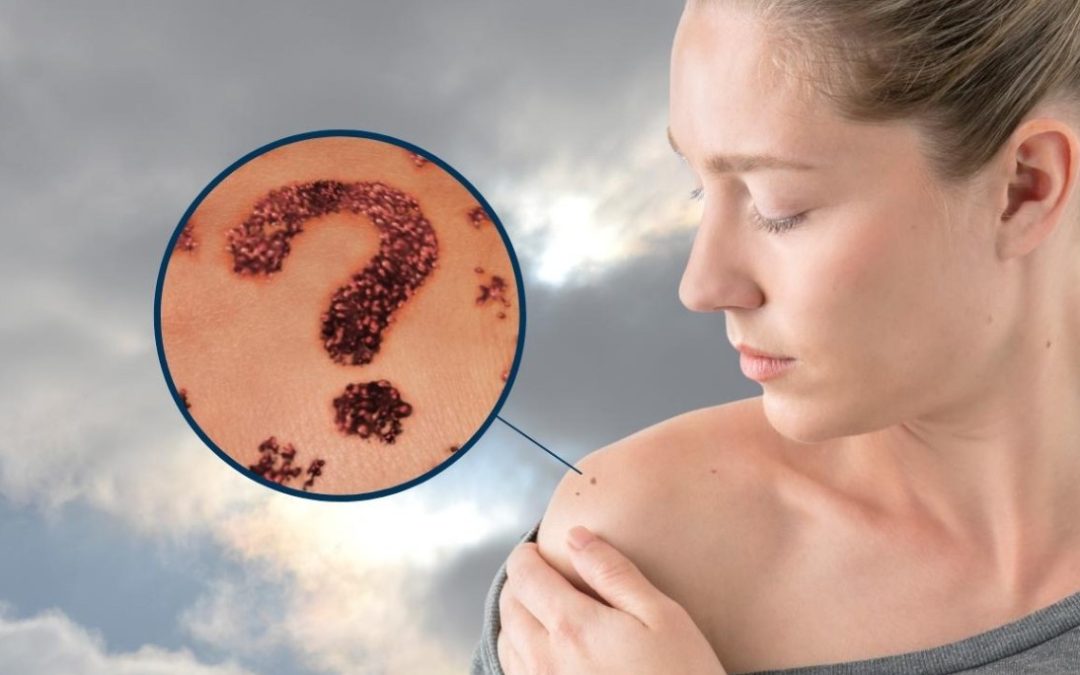MELANOMA AND SKIN CANCER MYTHS
There are some common misconceptions when it comes to skin cancer, including, malignant melanoma; from the safety of sunbeds to the risk levels for different demographic groups. Education is key for improving skin cancer survival rates. Let’s get the truth behind some of these skin cancer myths.
Myth 1: Tanning beds are safer than the sun.
The opposite is true as devices like tanning beds can emit higher amounts of ultraviolet radiation than the sun, including both UVA and UVB radiation.
Myth 2: I need to get out in the sun without sunscreen to get my vitamin D.
UV exposure without the protection of sunscreen causes the skin to produce vitamin D. Vitamin D is important for promoting healthy bones but there are safer and more efficient ways of getting enough vitamin D: taking vitamin D supplements and eating vitamin-fortified food.
Myth 3: I’m applying my sunscreen correctly.
Are you sure? Sunscreen should be reapplied after two hours in the sun or after swimming, sweating or using a towel.
Myth 4: Only sun exposure causes skin cancer.
Sun exposure is the primary cause of skin cancer, but there are other causes: tanning beds, family history of skin cancer, older age, immunosuppression
Myth 5: Sunscreen contains harmful chemicals.
The TDA regulates sunscreens as over-the-counter drugs, and it considers sunscreens to be safe and effective.
Myth 6: Dark-skinned people don’t get skin cancer.
No one is immune to skin cancer. People of all skin colours can develop skin cancer. While skin cancer occurs more frequently in lighter-skinned people, the death rates are higher in darker-skinned people.
Myth 7: You don’t need to wear sunscreen in the winter or on a cloudy day.
You should protect your skin from UV radiation even I winter. Harmful UV rays are present year-round and can reach your skin and cause damage even through clouds.
Myth 8: Only older people get skin cancer.
Prevention counts at any age. Melanoma is the most common form of cancer in young adults age 25-29 and the second most common form of cancer in people 15-29 years old.
And the younger you are exposed to the sun, the higher your risk for getting skin cancer later in life. This is especially true if you have had a blistering sunburn at a young age.

Recent Comments